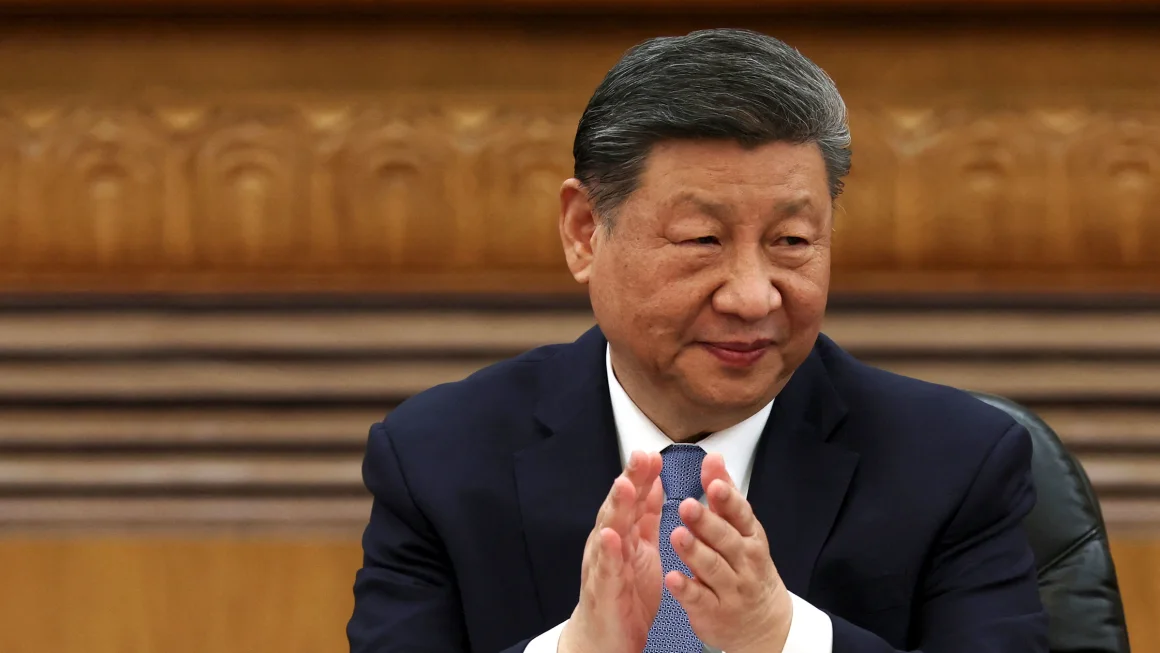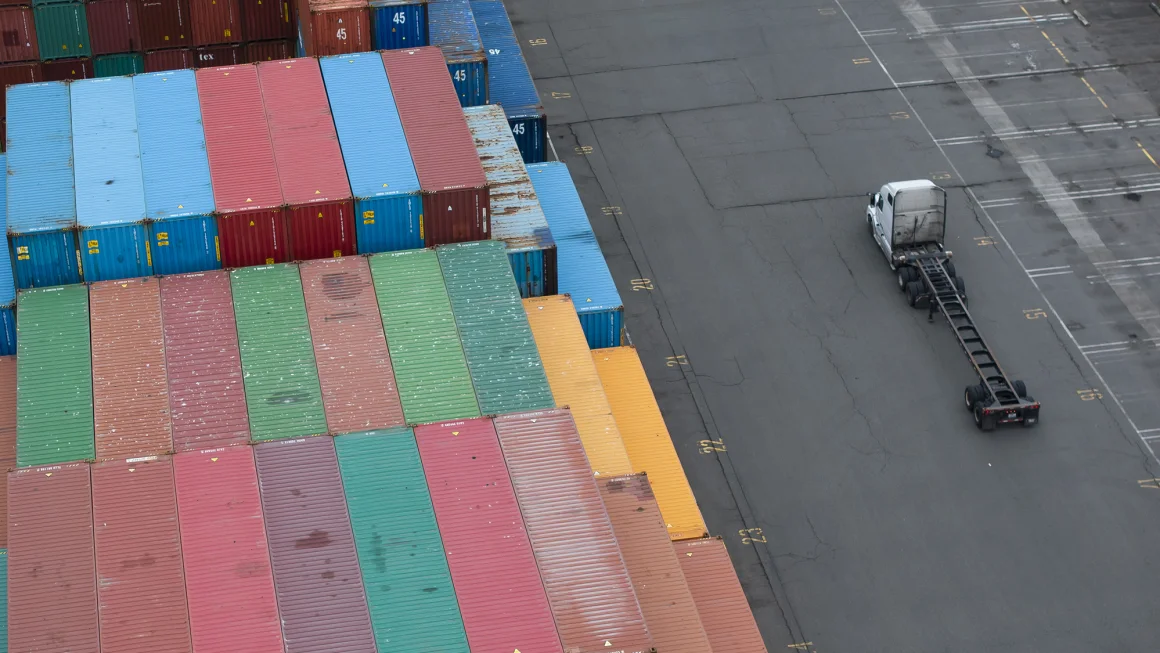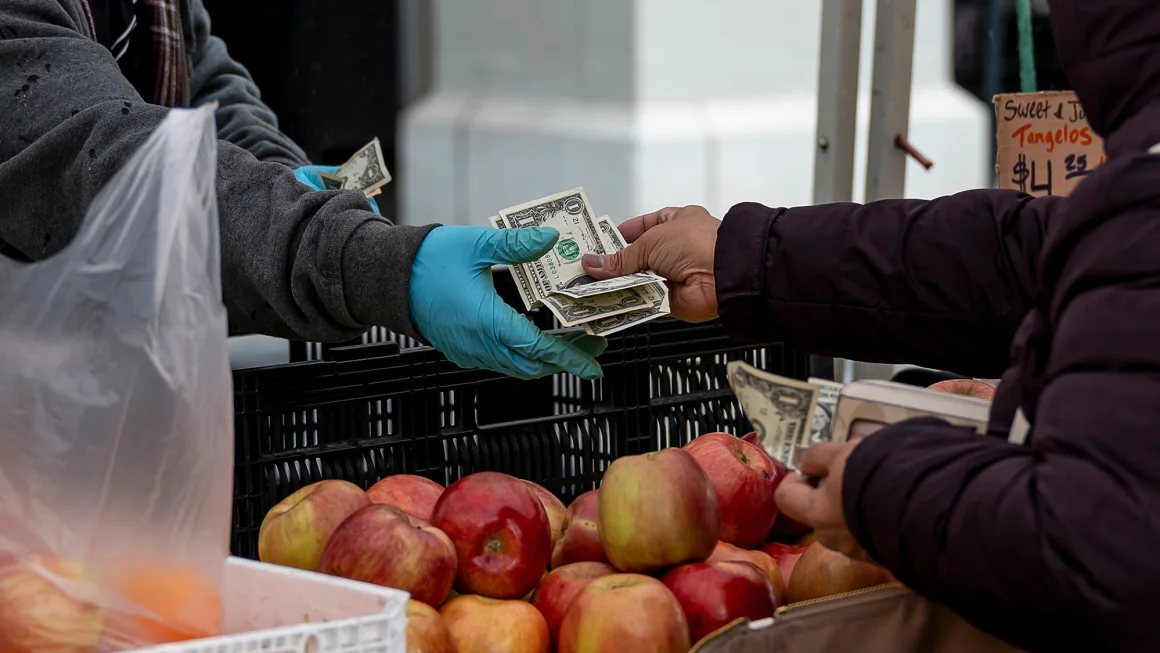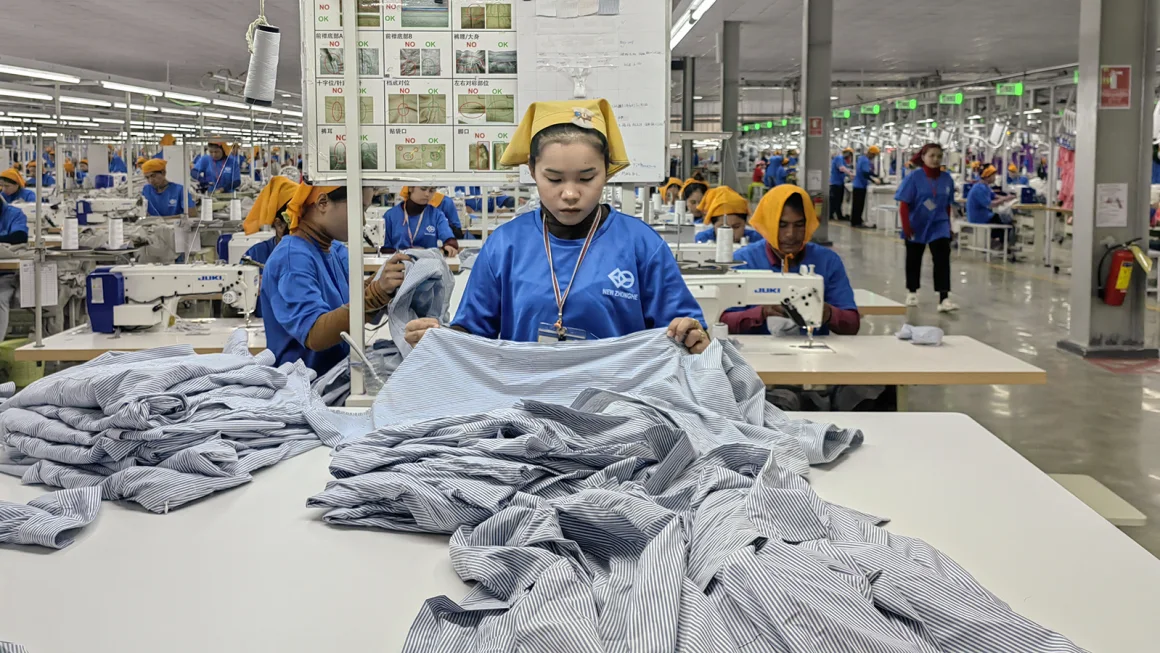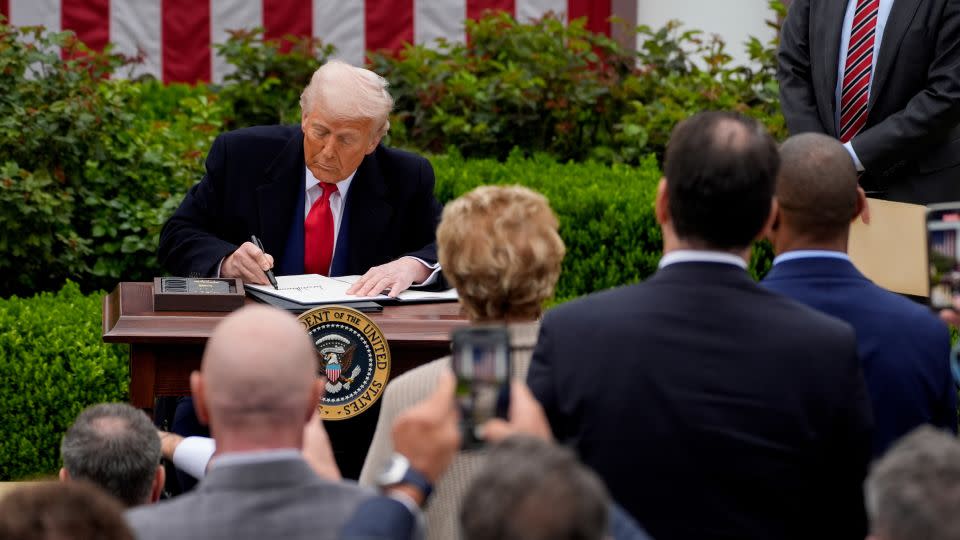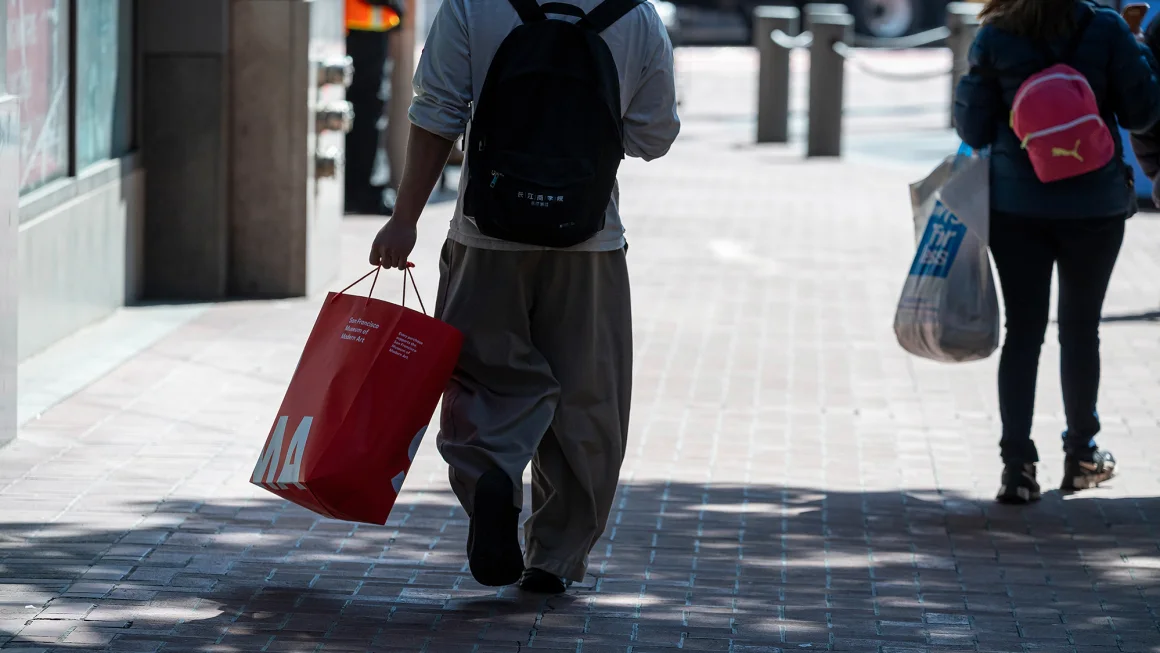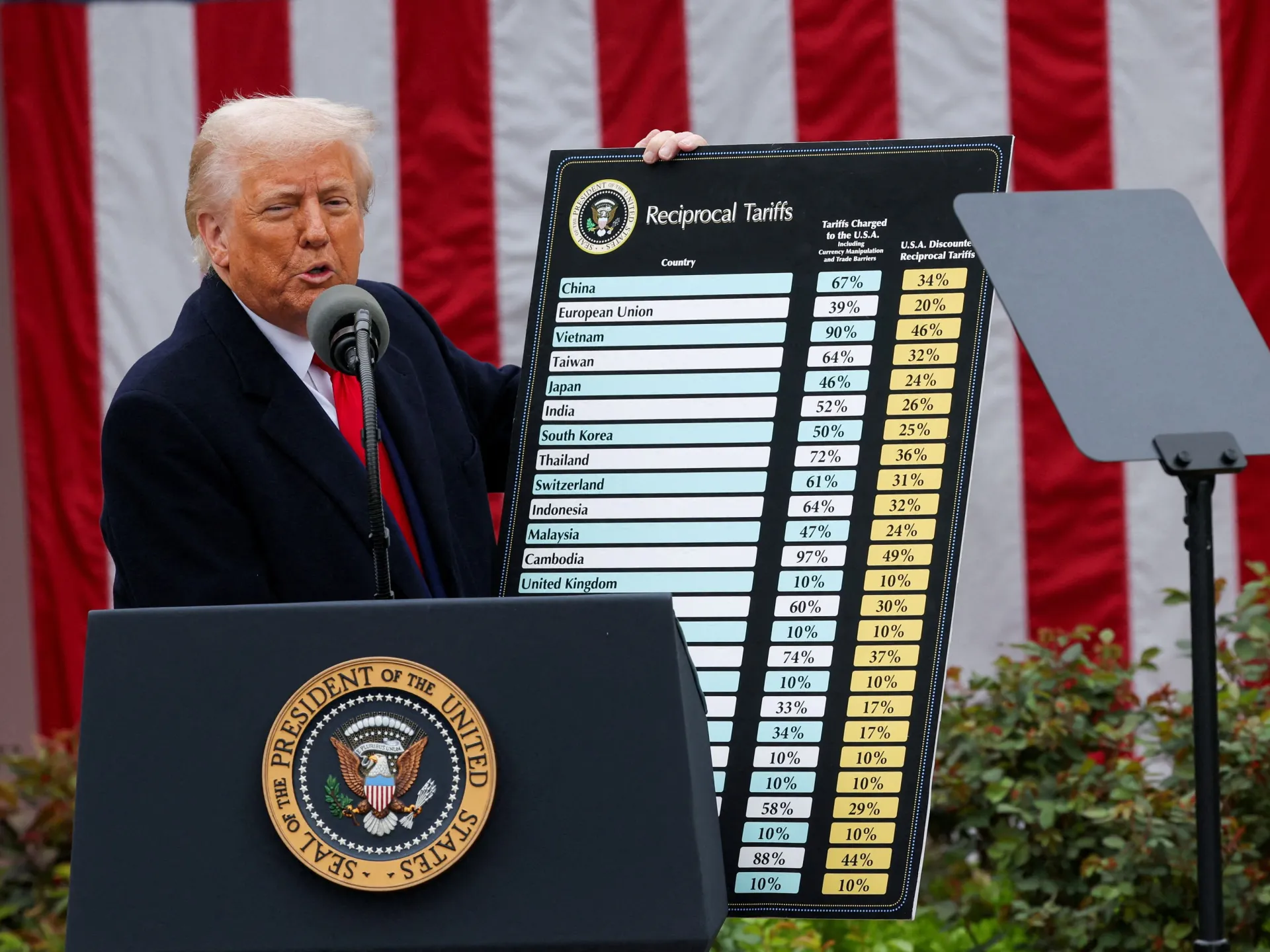
The tariffs, which will take effect almost immediately, are expected to significantly impact both American consumers and businesses.
This marks the first time since Trump returned to the White House that tariffs aren’t a mere possibility but a certainty, with many goods soon to become noticeably more expensive. While some products from Mexico and Canada may avoid tariffs, the vast majority of goods from other countries will face at least a 10% tariff. More severe tariffs will be imposed on goods from 60 nations deemed “worst offenders” in trade barriers, with China taking the brunt of the hits.
As of April 9, the U.S. will apply a 54% tariff on nearly all goods imported from China. Additionally, if Trump’s promise to impose an extra 25% tariff on countries purchasing oil from Venezuela holds, Chinese goods will face tariffs of up to 79%. Starting May 2, even smaller shipments from China and Hong Kong, including packages under $800 from platforms like Shein and AliExpress, will be hit with the same 54% tariff.
Experts predict that the average American household will face an additional $2,100 in costs annually due to these tariffs, according to the Tax Foundation.
Targeting Major Suppliers China, the U.S.’s second-largest source of imports, accounted for $439 billion worth of goods last year. Other nations also hit hard by the tariffs include Vietnam and Taiwan, which are major suppliers of electronics and other consumer goods. Vietnam will see a 46% tariff, while Taiwan will face a 32% tariff. These countries were the sixth and eighth largest sources of U.S. imports, respectively, in 2024.
While businesses in the U.S. will initially bear the cost of these tariffs, not all will pass on the full price increase to consumers. Some companies might have existing contracts with wholesale customers that lock in prices, while others may absorb some of the cost to maintain customer loyalty. However, shifting production to the U.S. could still lead to higher costs, which may translate into price hikes for consumers.
What’s Likely to Cost More?
- Laptops and Tablets
China, Vietnam, and Taiwan were the primary sources of laptops and tablets to the U.S., totaling $47.2 billion in imports last year. Given the reliance on these countries for electronics and semiconductors, consumers can expect price increases on various tech products, including smartphones, laptops, and medical devices. U.S. consumers will likely feel the price hikes within a few months, possibly coinciding with the back-to-school shopping season. - Footwear
China and Vietnam combined for $18.5 billion worth of shoes sold to the U.S. last year, representing almost 70% of U.S. shoe imports. With tariffs soaring, consumers may see shoe prices rise sharply. - Toys
China and Vietnam are also the top two sources for toys, supplying $15 billion worth of products to the U.S. last year. The Toy Association estimates that 77% of toys sold in the U.S. are made in China, and the new tariffs will make these toys at least 30% more expensive. The price hikes may become noticeable by late summer, when new products typically arrive for back-to-school shopping. - Clothing
China and Vietnam are dominant in apparel exports to the U.S., sending over $14 billion in clothing last year. Countries like Bangladesh, India, Indonesia, and Cambodia—also major apparel exporters—will face tariffs ranging from 26% to 49%. As a result, clothing prices are expected to rise, with a significant impact on the fashion industry. Although exact price increases aren’t yet clear, consumers should be prepared for higher costs on everyday clothing.
In summary, nearly every consumer good that relies on imports from these countries could see prices climb due to the new tariffs, further straining American households already grappling with inflation and supply chain issues.

